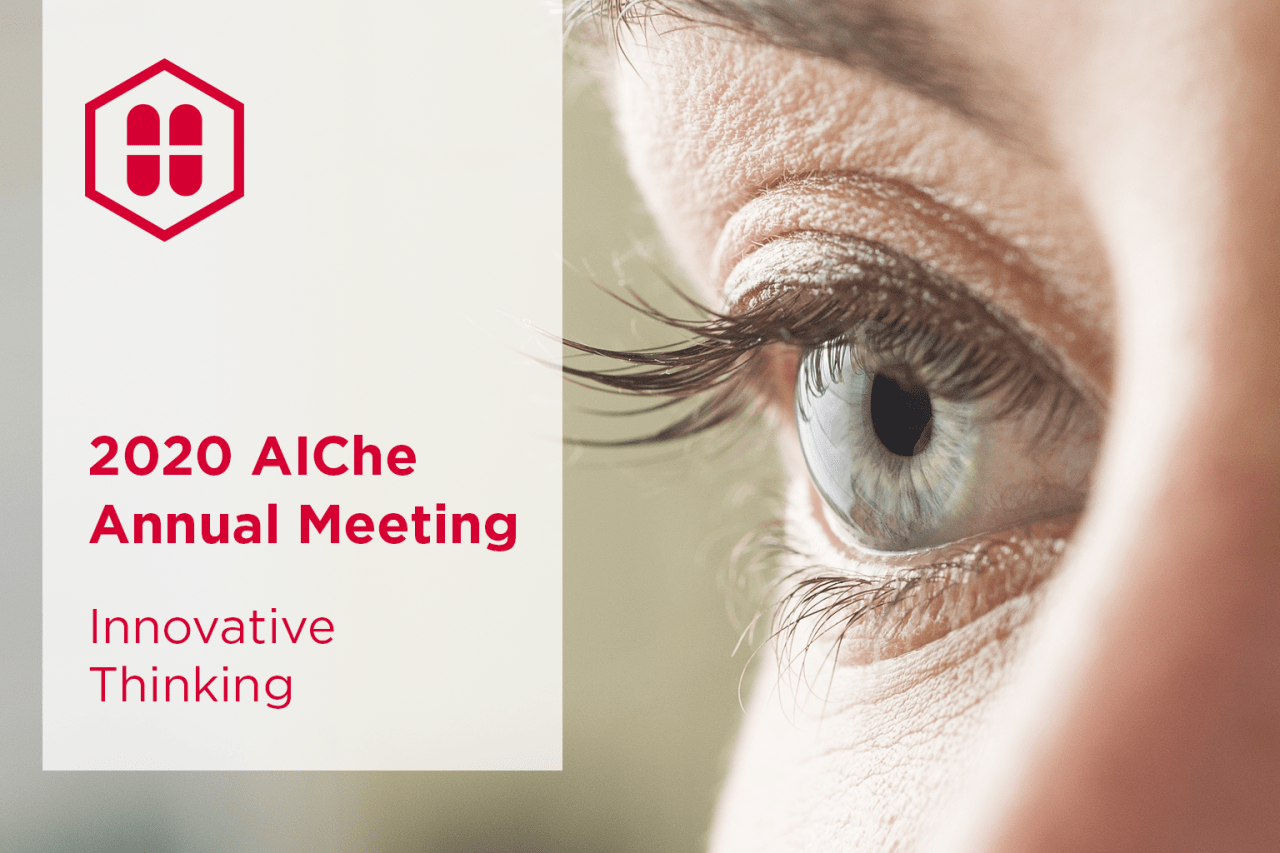A mechanical engineering graduate, this Frenchman is the CEO of the Portuguese pharmaceutical contract manufacturer Hovione. Still owned by the founding family, the company was awarded the 2025 ‘Léonardo de Vinci’ Prize, which recognizes the innovative and successful succession planning of family businesses.
With an international career behind him, Jean-Luc Herbeaux is almost more fluent in English than in his native language. At 58, this Frenchman with iceberg-blue eyes is the CEO of Hovione. Founded in the late 1950s, this Portuguese group, with 100% family ownership, has just received the ‘Léonardo de Vinci’ Prize, which highlights entrepreneurial successes tinged with family legacy.
While this mid-sized company with a turnover of €500 million maintains a low profile, its pharmaceutical contract manufacturing business is just as obscure to the general public. "Yet, the market for contract manufacturers, or 'contract development manufacturing organizations,' is worth $200 billion", emphasizes the CEO, who has been working in this microcosm for two decades.
500 patents
Aware of the stakes, he does not deny "the pharma industry's dependence on Indian and Chinese capabilities". "The fact remains that the trend is toward the regionalization of supply chains, with European manufacturers producing for the Old Continent, American manufacturers for their own market, and so on", he says. And to highlight the foresight of Diane and Ivan Villax, the founding couple, "who thought globally from the very beginning". As a result, the group, with its 500 patents, has factories in China, the United States, and Ireland, without neglecting its home territory.
This is evident by the site currently under construction on the banks of the Tagus River, following a €200 million investment. "The heavy engineering and compliance aspects are being finalized, "he explains, emphasizing that this highly regulated sector "is under a microscope". He knows this all too well, as Hovione claims to be involved in 5 to 10% of the drugs approved each year by the FDA, the American drug regulatory agency.
Professor from Houston to Japan
“In this small world, having a good image is important: this is the case with Jean-Luc, passionate about his work, but who knows how to demystify things”, observes Elie Vannier, former chairman of the board of Hovione. He adds that having an international profile is a strength “in this ecosystem where talent and clients are international”. For his part, Jean-Luc retains from his numerous flights “a taste for films of all genres and from all countries”.
The son of an administrative employee in secondary schools and an auto insurance expert, the youngest of three children moved around according to his parents' job transfers. He was born in Meaux, grew up in Chartres, and attended the University of Technology of Compiègne, “which already offered programs abroad”. Thus, he left a mechanical engineering internship at a Dior perfume factory to join the University of Houston in Texas, "carrying a 20 kg backpack". Despite his then-limited command of English, he earned a doctorate, became a professor, and met an American woman who would become his wife and the mother of their two children.
Next came the University of Kanazawa in Japan. Alas! Disappointed by the academic world, "where you have to fight to get resources", he succumbed to the allure of industry and joined the American chemical company Rohm and Haas, which had fallen under the control of the German company Evonik.
80 million patients
He spent twenty years there, in Germany and Singapore, before "accepting the offers from headhunters". He then accepted Hovione's offer, who appointed him Chief Operating Officer in 2020, then CEO two years later, making him the first CEO not from the founding family. The family remains the sole shareholder, which earned the company the ‘Léonardo de Vinci’ Prize, created by the Association Les Hénokiens and the Clos Lucé.
Having settled near Lisbon, he substituted walking for combat sports, "having been burned by the injuries of some friends". He also mentioned that Hovione, whose clients include 19 of the world's 20 largest pharmaceutical companies, helps treat more than 80 million patients.
(Translated version)
Read the original and full article in French on LesEchos.fr
Article
Les Echos, 2 December 2025
Jean-Luc Herbeaux aims to boost the growth of the pharmaceutical group Hovione


